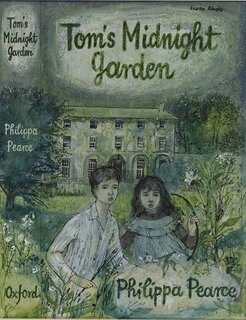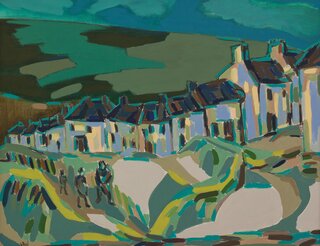
© Leo Haas estate
In September 1942, Leo Haas was deported to the Terezin (Theresienstadt) ghetto, north of Prague. As an artist, Haas was assigned to the Technical Department to illustrate propaganda material, which enabled him to secretly make a series of pictures showing what life in Theresienstadt was really like. He risked his life making these works, hiding the prints in walls and with the other inhabitants of Theresienstadt. After the war, Haas returned to Terezin, and retrieved some 400 of his drawings. This etching depicts a decaying, old shop that has been turned into a crowded, unsanitary bedroom for the inmates. These ideas of disorder and poor circumstances are reinforced by the street in front of the building, with uneven stones and cracked pavements. A common theme in the picture is the figures’ lack of clear facial expressions and gender identification. The figures all seem to have the same tired and sad expression. Their uniformly frail figures and hollow faces make it difficult to distinguish men from women. Haas may have purposefully made the figures generic and somewhat genderless to show that everyone suffered in the ghetto; it didn’t matter if the people were young or old, male or female. This powerful and haunting image is one of ten in the Ben Uri Collection printed after the war using the original plate created during the Holocaust.




